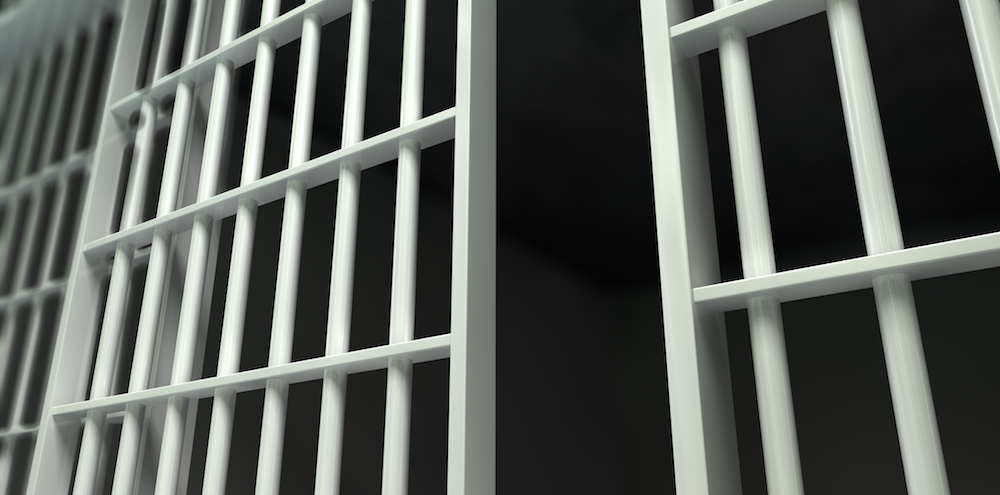The former president of a failed bank will spend more than the next five years in prison after being convicted of perpetrating a bank fraud scheme that involved covering up mortgage loans that were in default.
In part due to that deception, GulfSouth Private Bank received $7.5 million in federal Troubled Asset Relief Program, but the bank failed anyway.
According to the Special Inspector General for the Troubled Asset Relief Program, Anthony Atkins received a sentence of 63 months in prison and was ordered to pay more than $2.4 million in restitution for conspiracy to commit bank fraud, four counts of false statements to a federally insured financial institution, bank fraud, and mail fraud affecting a financial institution.
Atkins was charged back in December 2016, along with a vice president of GulfSouth, Samuel Cobb.
According to SIGTARP, back in 2007, an unidentified individual told Atkins that the individual’s company, which had been loaned $3.4 million, was no longer able to make payments on mortgages issued by GulfSouth that had been secured by three condominiums.
But instead of allowing the loans to default, Atkins “devised a scheme to conceal the bad debt,” SIGTARP said.
As part of the scheme, As a part of the scheme, Atkins and Cobb convinced four men, Bruce Houle, Mark Shoemaker, Michael Bowen, and William Cody, to take out new loans with the bank to purchase the three condominiums.
In order to persuade the men to take part in the scheme, Atkins and Cobb told the men that the loans would be non-recourse, so that even if the men defaulted, GulfSouth would have no recourse against them.
Then, Atkins and Cobb helped the bank issue new mortgages and additional lines of credit to the men for approximately $3.8 million.
According to the terms of the fraudulent loans issued during the scheme, the men were not required to make any payments on the loans until the loans came due at a later point.
Instead, the funds from the new loans were used to pay off the old loans that were going into default. Therefore, by issuing these new loans and new lines of credit, it created the appearance that the debt was performing. That allowed Atkins to avoid being forced to report the loans associated with the condominiums as bad debt.
Then, in September 2009, GulfSouth received $7.5 million in TARP funds. At some point after that, Atkins and Cobb allowed the condominiums in question to be sold in short sales, resulting in a loss to GulfSouth.
Additionally, Atkins allowed the deficiencies and the lines of credit to be charged off of GulfSouth’s books and records.
The bank ultimately failed, costing the taxpayers the $7.5 million that was meant to rescue the bank.
“Taxpayers lost $7.5 million in TARP dollars invested in GulfSouth Private Bank – a bank that failed after being led by the top two officers committing bank fraud,” SIGTARP Christy Goldsmith Romero said.
“Bank president Tony Atkins brought in friends and family as co-conspirators in this conspiracy to make troubled loans appear current,” Goldsmith Romero continued. “Each of those co-conspirators have been convicted.”







